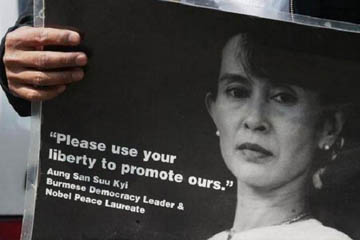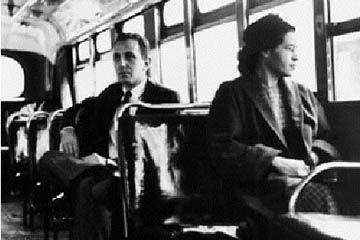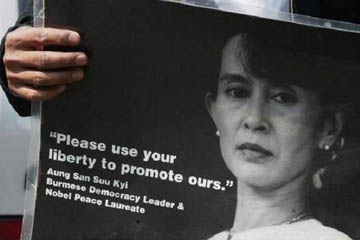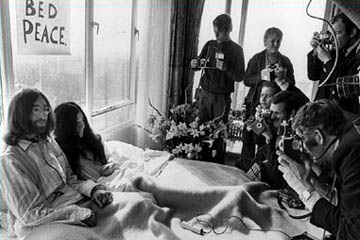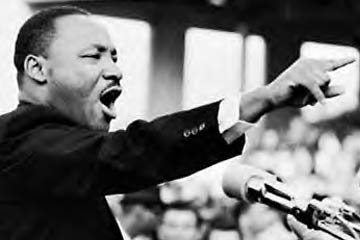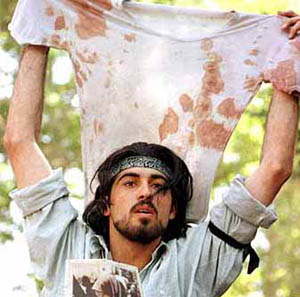WHEN LOOKING BACK through the mystique of history, we tend to impose super-human status to those who stood up for their beliefs in a revolutionary way.
For some of them, the decision to act was conscious defiance to the status quo. For others, they were simply in the right place at the wrong time, and found themselves acting on behalf of others lacking the courage to speak out.
We should rightly remember these people. But we should also remember that they were (or are) ordinary human beings, who made a choice.
And just like them, the rest of us have the opportunity to choose to engage in creating a better world. In short, we can be revolutionary every day.
